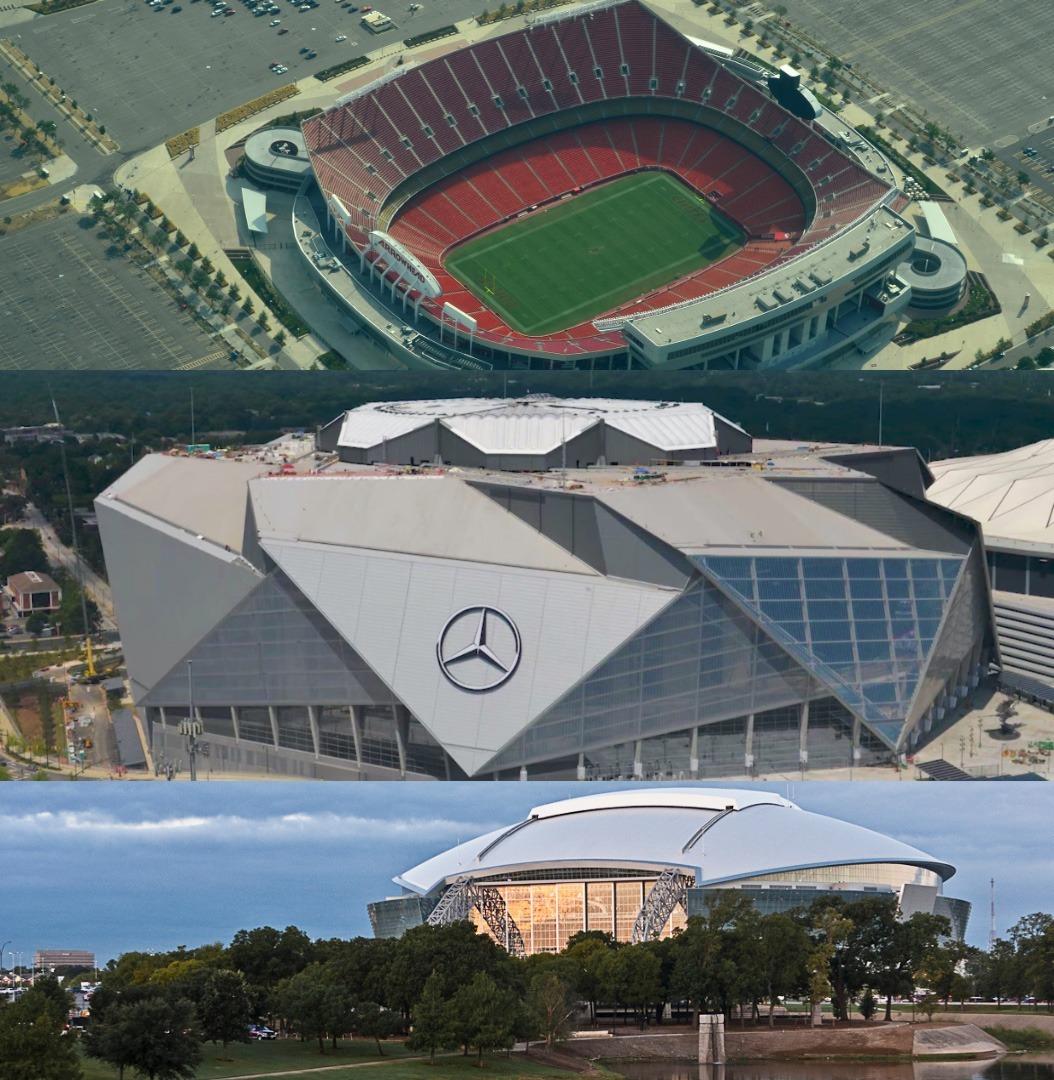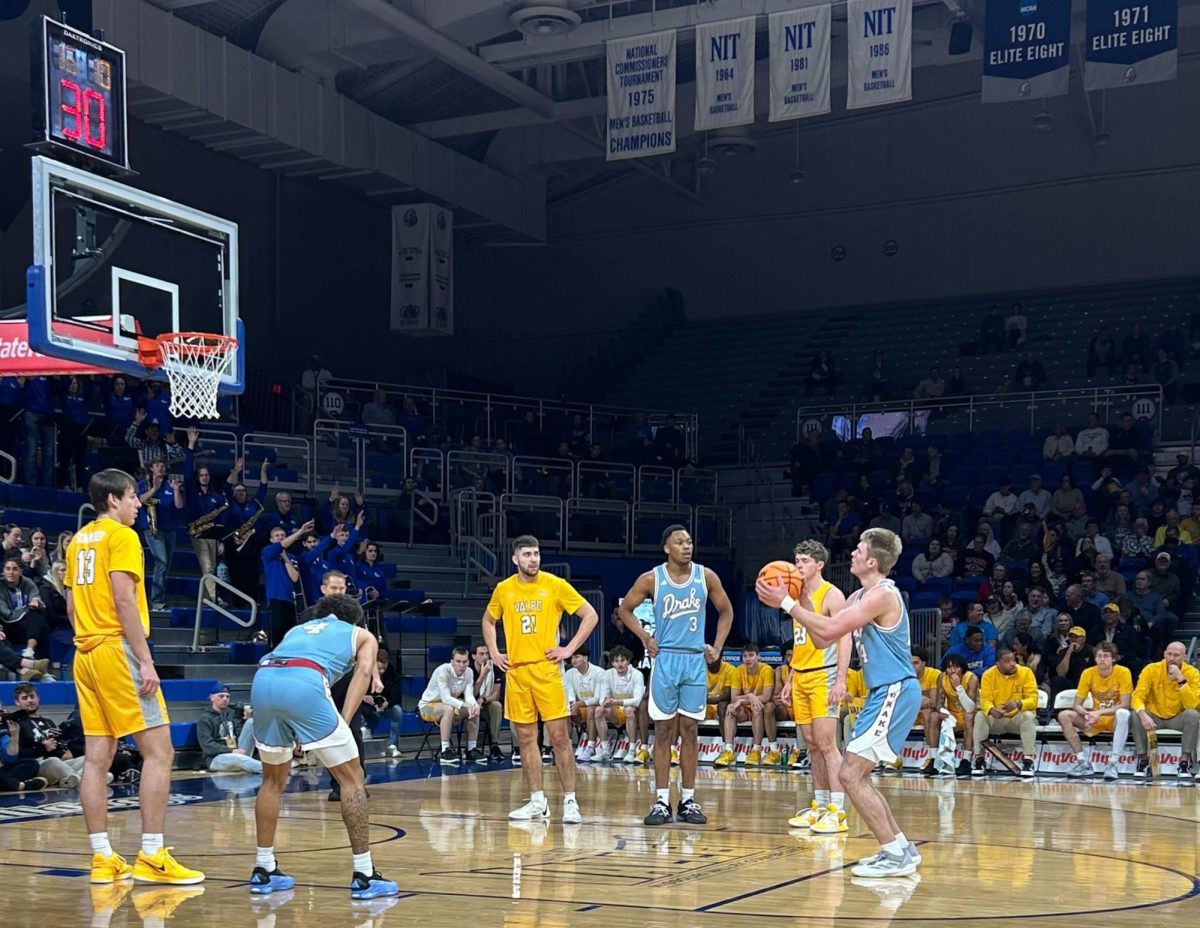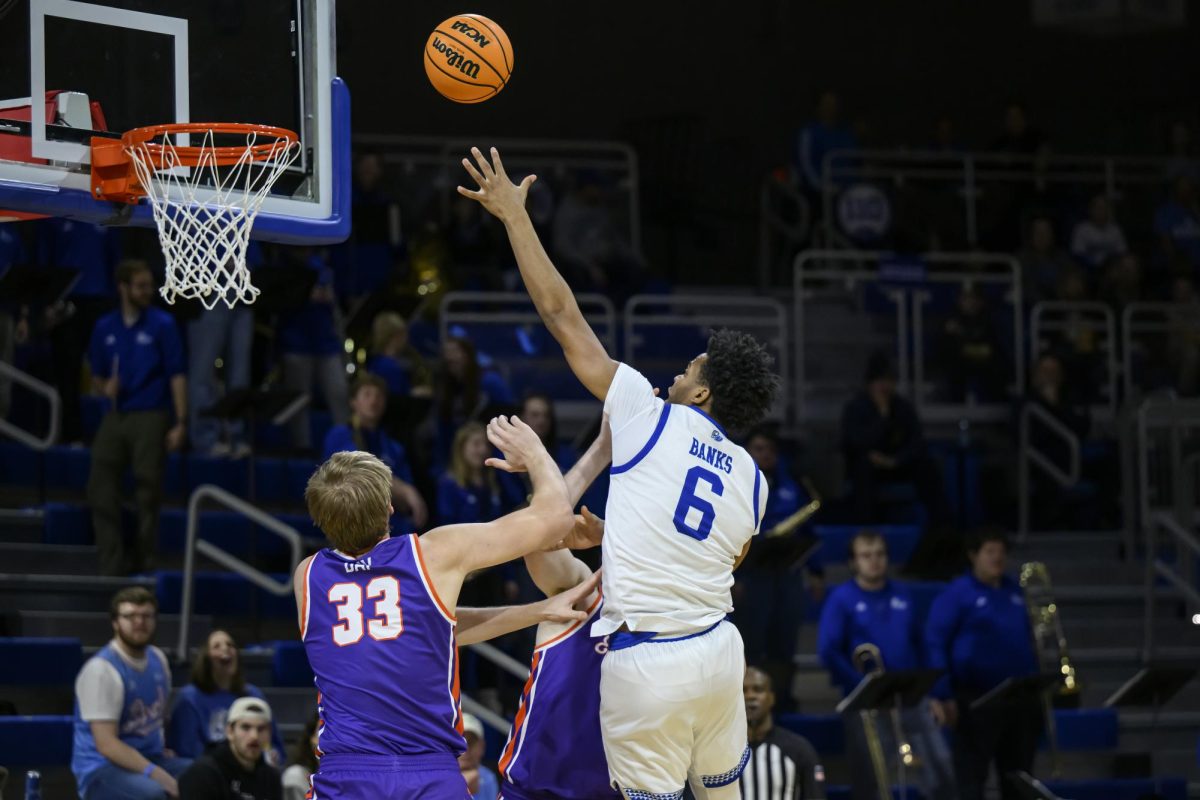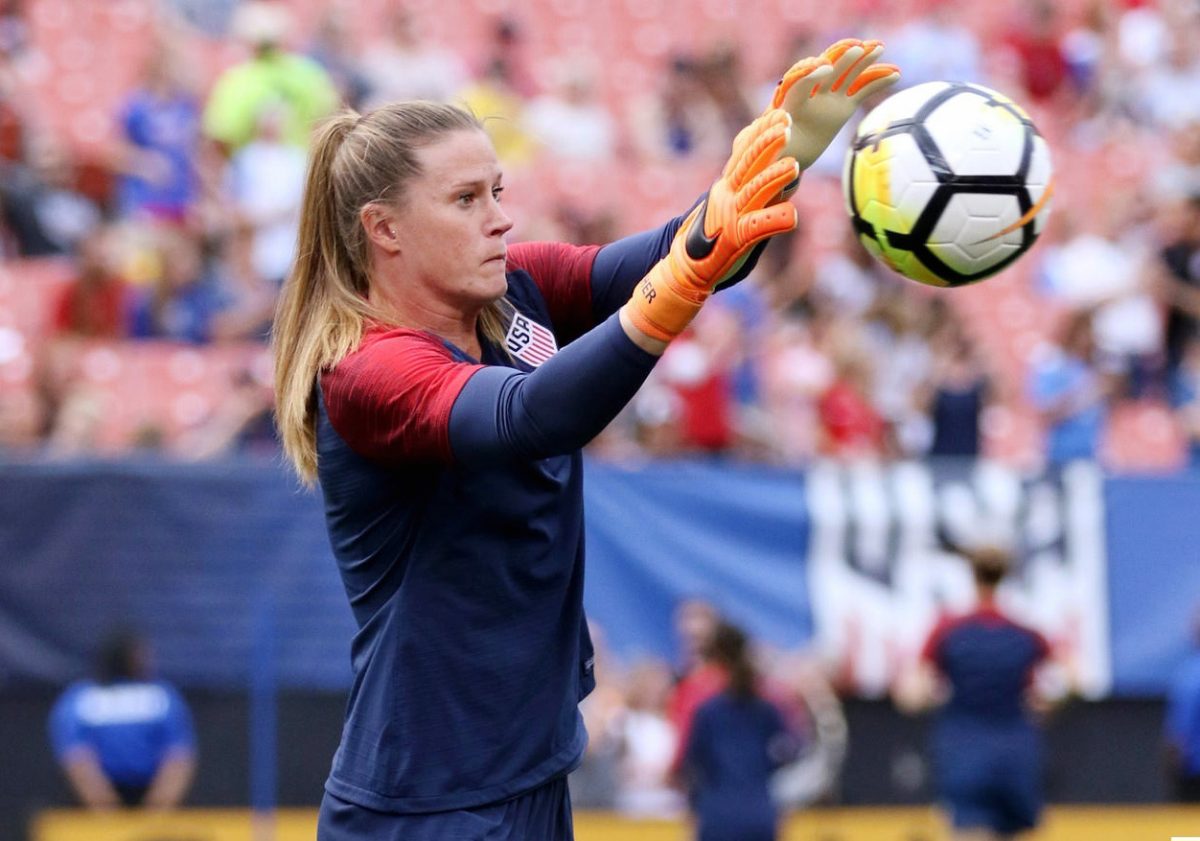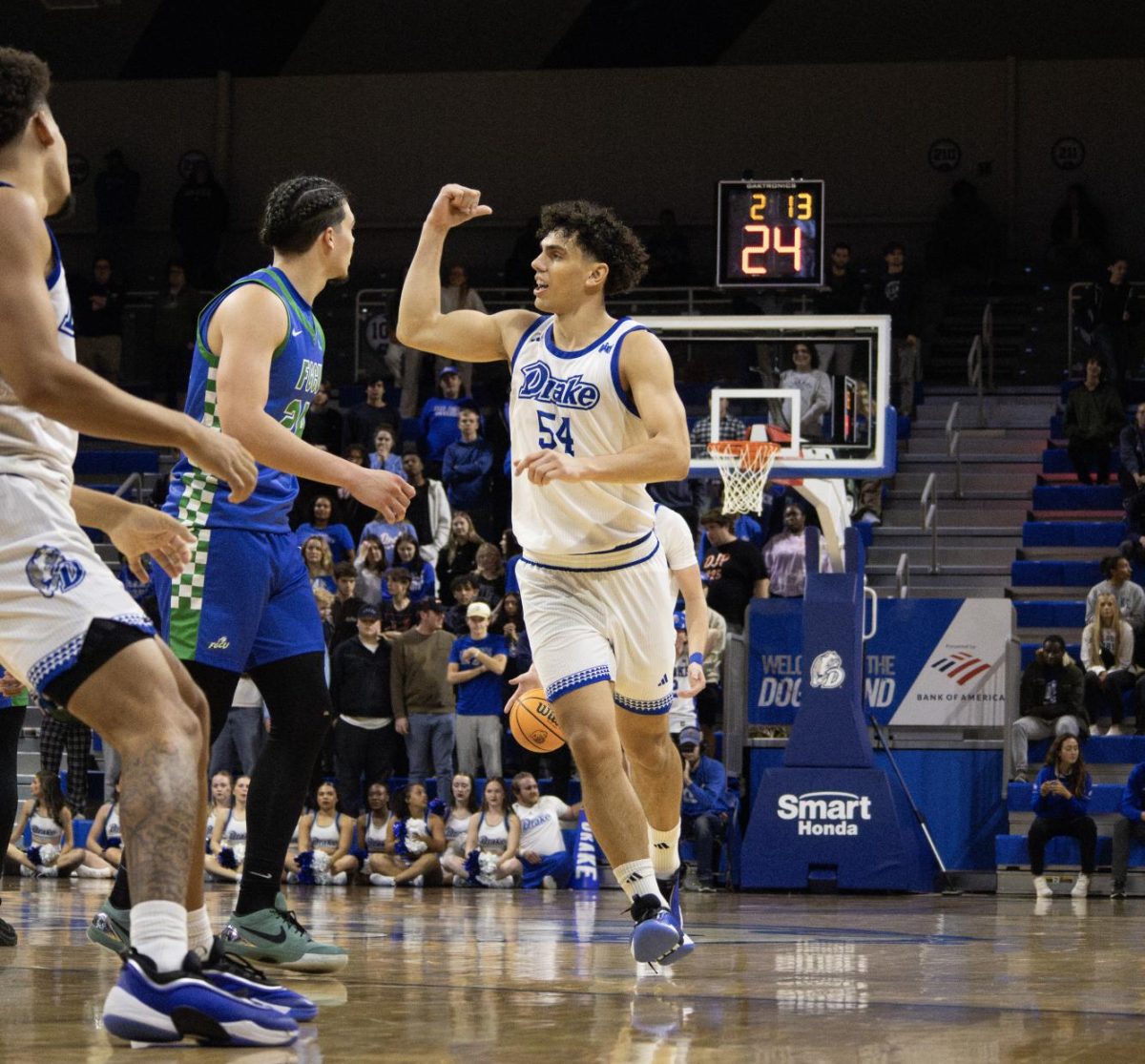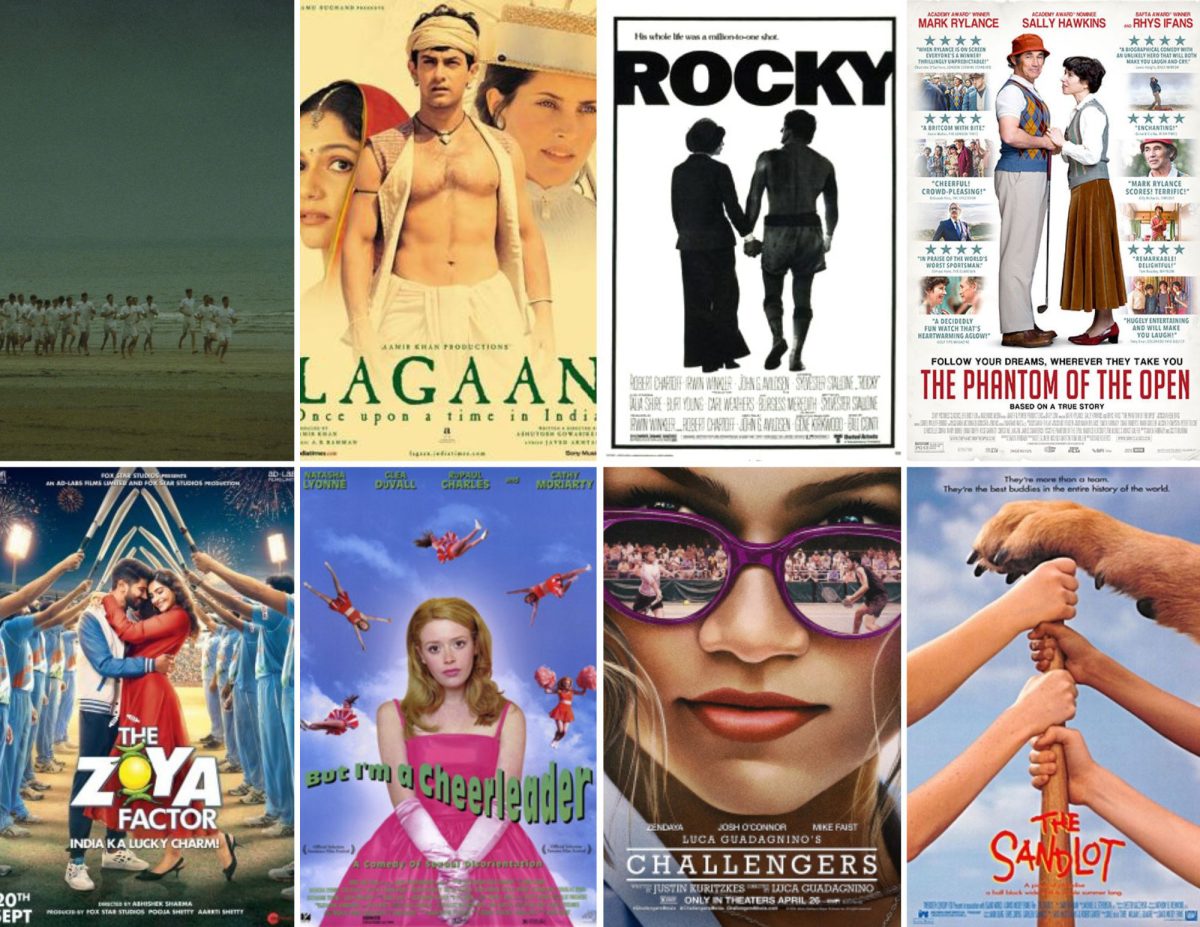Since the 2026 World Cup was announced to be held jointly between the United States, Canada and Mexico, cities across the North American continent have been waiting with bated breath to discover which games they would host.
The quadrennial international tournament, which many consider the premier sporting event in the world aside from the Olympics, is coming back to the U.S. for the first time since 1994.
In that edition of the tournament, there was no joint bid; all games were hosted across nine cities in the U.S. Venues for the competition included obvious selections such as Los Angeles, New York and Chicago, but also two relatively small (at least in terms of hosting such a larger-than-life tournament) cities, Orlando and Detroit. Other selections included Washington D.C., Boston, San Francisco and Dallas.
On June 7, 1994, the opening match between Bolivia and defending champion Germany was played at Soldier Field in Chicago, one of five matches held in the city over the course of the tournament, making it the sixth most used venue. Los Angeles (specifically Pasadena) came in first with seven matches held, including the final between Italy and Brazil and the third place match between Sweden and Bulgaria.
Fast forward to today, and while some cities remain the same, there have been quite a few changes. First, however, thanks to a shift in competition rules increasing the number of countries represented in the competition, the number of host cities has swelled from nine to 16.
The five cities that will have the distinction of having hosted both in 1994 and 2026 will be Los Angeles, New York, Dallas, San Francisco and Boston. There are also four cities that were selected in 1994 but not 2026: Orlando, Detroit, Washington D.C. and, most surprisingly, Chicago, the third most populous city in America.
Of the 16 host cities, five will be in Mexico and Canada: Guadalajara, Mexico City and Monterrey in Mexico, and Vancouver and Toronto in Canada. Despite the relatively small number of host cities, or perhaps thanks to it, Estadio Azteca in Mexico City has been granted the distinction of hosting the opening match of the tournament on June 11, 2026.
Ten cities have already been mentioned, and there are six more American cities given the privilege of hosting World Cup matches, all cities hosting matches for the first time.
Orlando has been replaced by fellow Floridian city Miami, accompanied by fellow southern city Atlanta. Houston joins Dallas as the second city in Texas to host, while Philadelphia joins Boston and New York as Northeastern hosts. On the West Coast, the Pacific Northwest receives some representation, with Lumen Field in Seattle also being chosen to host.
Of the 10 American cities hosting, nine of them can be found within the top 15 in metropolitan area population. This leaves one city remaining, potentially the most unlikely of the entire tournament: Kansas City, listed 31st in metropolitan population.
Not only was Kansas City listed as a host city, but it was announced to serve as host to six matches: four in the group in the stage, one round of 32 match and, incredibly, one quarterfinal. Kansas City is joined in hosting quarterfinal matches by New York, Los Angeles, and Miami. It is a truly stunning result for the Midwestern city, whose metro population is less than half the size of each of the other quarterfinal hosts.
Kansas City Mayor Quinton Lucas was triumphant following the selection, stating that “The World Cup will bring jobs to our residents, will generate hundreds of millions of dollars for our region and will illustrate on a global stage what we’ve known for some time: Kansas City is the soccer capital of America. I can’t wait to welcome the world to Kansas City.”
Meanwhile, Dallas and Atlanta have been tapped to host semi-final matches, while MetLife Stadium in the New York/New Jersey region has been selected to host the final, scheduled to kick off on July 26, 2026.

